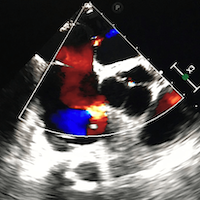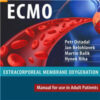Iatrogenic Hypoxemia and Atrial Septal Defect Due to Electrical Storm Ablation After Left Ventricular Assist Device
cureus.com
Predominant strategies for the management of electrical storm include antiarrhythmic medical therapy, beta-blockers, and catheter ablation.
Some studies have demonstrated refractory electrical storm managed with mechanical circulatory support, but VT may also be exacerbated by left ventricular assist device (LVAD) placement.
LVAD implantation may be associated with electrolyte changes, repolarization abnormalities, myocardial scar, and ventricular chamber collapse, which may precipitate arrhythmia.
When electrical storm is refractory to medical therapy, endocardial ablation may be indicated. Although catheter ablation has been described in patients with LVAD, the complications uniquely associated with catheter ablation in the LVAD population have not.
















